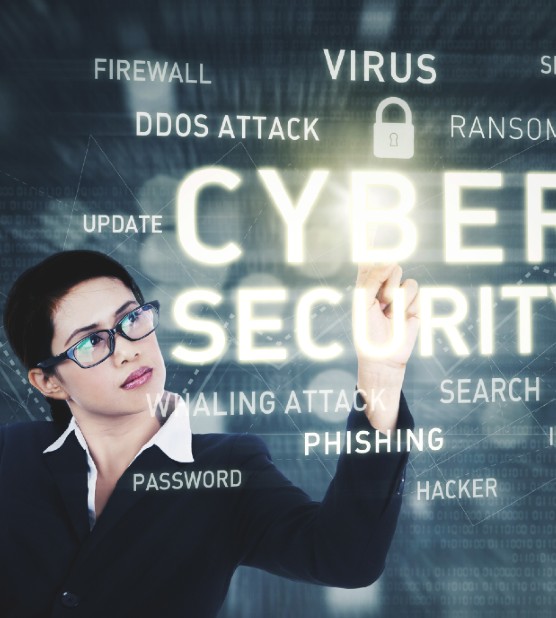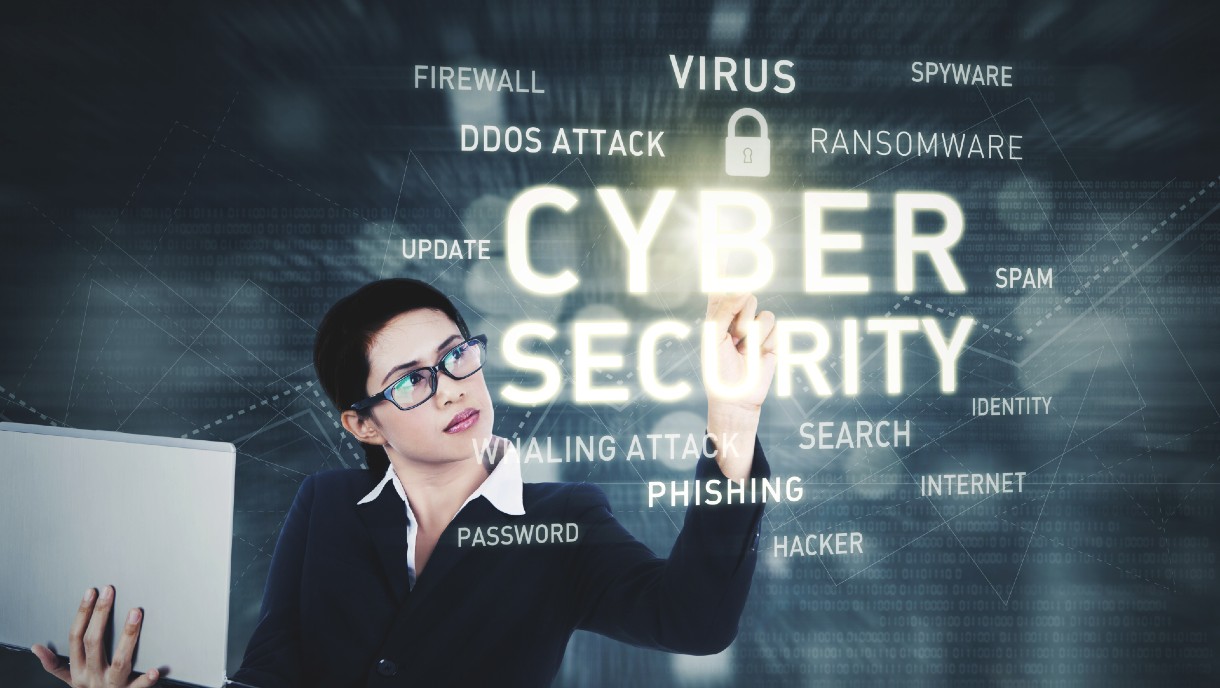Cybersecurity is an ever-evolving field, and we must remain vigilant to stay ahead of cyber threats. In recent years, we saw an increase in ransomware attacks, cyber attacks on critical infrastructure. The attack on the Colonial Pipeline in 2021 highlighted just how vulnerable our infrastructure can be to cyber threats. Cybercriminals can cause significant damage by disrupting energy, transportation, and communication systems, which can have a ripple effect across the entire economy.
As technology keeps getting better, the field of security has to deal with new problems all the time. DDoS attacks and attacks on the internet of things are at a level that is way above and beyond. By 2025, the risk of cyber attacks on IoT devices is expected to double. Because of this, it’s important to be careful and use strong security measures. In this article, we’ll talk about some security trends and problems that could come up in near future.
Biometric Authentication Methods
More and more people are using BAM, and this is likely to continue. These methods are very helpful for systems that control who gets in and out. They have technology that can read your fingerprints and which recognize your face. People no longer need to remember passwords or carry tokens. It’s also harder to fake than other ways to prove who you are.
But there may also be worries about the privacy and safety of this system. Biometric data is sensitive personal information that, if breached, can be used to impersonate individuals or commit fraud. This data is often stored in centralized databases, making them a prime target for hackers. If a biometric database is breached, it can be difficult or impossible to change the compromised biometric data, unlike passwords, which can be changed easily. Also, Biometric authentication methods are not perfect and can produce both false positives and false negatives. False positives occur when an individual is incorrectly identified as someone else, while false negatives occur when the system fails to identify an authorized user. These errors can result in security breaches, or frustration for users who are denied access to systems or services they are authorized to use. Other challenges are spoofing attacks, where attackers attempt to fool the system by presenting fake biometric data, privacy concerns and regulatory compliance.
Cybersecurity attacks
In 2023, cybersecurity attacks can be a major risk for businesses. These attacks can cause sensitive data to be stolen, money to be lost, and damage to a company’s reputation. Some of the problems that businesses may face in the next few years are:
Open-source software libraries: More often than not, attackers try to break into these libraries first. They can be used to make a wide range of software. Most of the time, these have flaws that hackers can take advantage of. Organizations have to make sure their open-source software is always up-to-date. Hence, it would be a smart move to use maximum encryption and safe data handling.
Ransomware: Ransomware attacks have been on the rise in recent years, and this trend is expected to continue in 2023. These attacks can be incredibly damaging to businesses and individuals, often resulting in the loss of critical data and significant financial losses. In Ransomware attacks, hackers hold a company’s data for ransom until they get paid. These attacks can cause a lot of trouble and cost a lot of money. Organizations need to be prepared for such threats.
Third-party risk: Many businesses rely on vendors and suppliers who are not part of their company. If the right security measures are not in place, these relationships can pose a risk. Organizations must carefully evaluate the third-party integrations, and put measures in place to defend against possible attacks.
Phishing: Phishing attacks will probably still be common in 2023. By sending fake emails or websites, hackers try to get people to give them sensitive information. These attacks can be hard to spot. They can cause serious trouble, like money being lost or sensitive information being stolen. Thus, organizations will have to push their employees to get training and use authentication protocols.
Supply chain attacks: In recent years, supply chain attacks have become a popular method for hackers to gain access to sensitive information. By targeting a third-party vendor that has access to a target’s network, hackers can bypass traditional security measures. This trend is expected to continue in 2023, with more attacks targeting supply chain vulnerabilities.
Artificial Intelligence (AI) security: AI technology is becoming increasingly integrated into various industries, but it also poses security risks. As AI becomes more advanced, it may be used by hackers to develop more sophisticated attack methods. Additionally, the use of AI in cybersecurity can also create vulnerabilities that hackers can exploit.
By anticipating and preparing for these challenges, organizations can ensure their security effectiveness.
(Also Read: Why cybersecurity is becoming a top concern for individuals and businesses alike)
The Internet of Things (IoT)
Another trend that is likely to be prominent throughout 2023 is the “Internet of Things”. The number of IoT devices continues to grow, and with it, the potential for security breaches. Many IoT devices are poorly secured, making them an easy target for hackers. In 2023, we can expect to see more attacks targeting IoT devices, as well as increased efforts to develop better security measures, which can pose serious risks to industries such as healthcare and finance.
To deal with these problems, organizations will need to take strong security steps. Some ways to do this are to use strong passwords and keep software and firmware up to date. Another way to limit the damage that could be done by a security breach is to use network segmentation.
Conclusion
The physical access control, identity management and security landscapes are evolving everyday and so are the threats. These industries are likely to be marked by increased cyber attacks, supply chain attacks, and ransomware attacks. It is important for individuals and organizations to take proactive steps to protect themselves against these threats. This includes investing in robust cybersecurity measures, staying up-to-date on the latest threats, and adopting best practices for securing networks and data.






